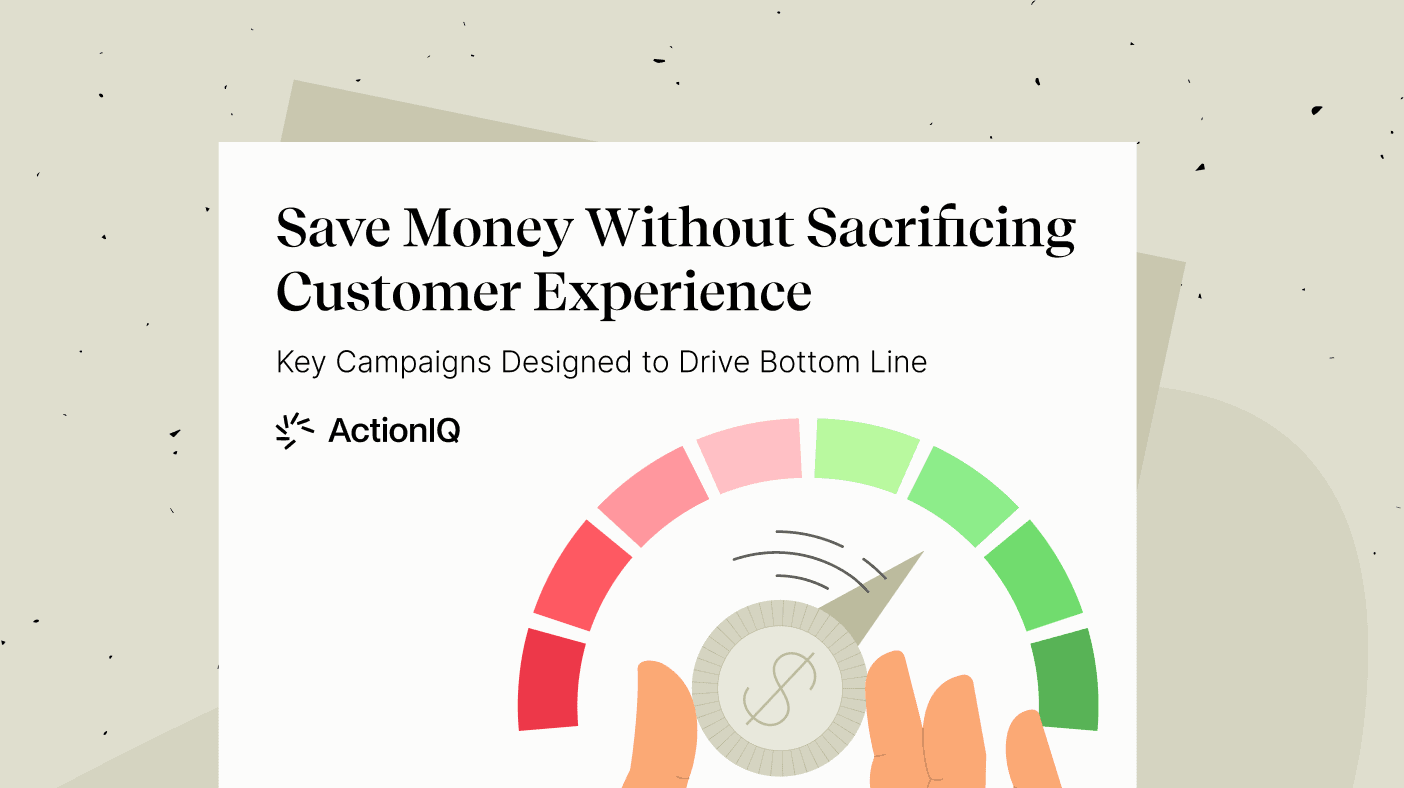Make Your Loyalty Program Stand Out From the Crowd

Loyalty is booming; just take a look at the numbers. According to Colloquy, U.S. consumers hold 3.8 billion memberships in customer loyalty programs.
But for each of these billions of memberships, are customers really getting what they want? And how can you differentiate to make the impact, keep members happy, and make your program stand out in the crowd to attract and retain memberships? Here a few things to think about.
Provide a Choice
The IBM 2017 Customer Experience Index (CEI) Study reported that 70 percent of brands with a loyalty program don’t allow the customer a choice in a preferred reward. A key differentiator could be giving that choice, freedom, and empowerment to customers that is severely lacking. Maybe you won’t be the brand that just gives points for dollars.
Go Mobile
According to CodeBroker, 71 percent of shoppers would be more likely to use loyalty cards and rewards if they were accessible on a mobile phone. But 3Cinteractive found that 62 percent of shoppers cited inconvenience as the top reason for not signing up for a mobile loyalty program.
Apps and mobile experiences are increasingly vital to loyalty programs—but they have to be done right. And, most of all, they need to be easy to download, intuitive to use, and helpful outside of just the rewards.
Think About the Future and Gen Z
Gen Z is well on its way to becoming the next big purchasing player. According to the National Retail Foundation, 65 percent of Gen Z want “to get a lot for their money with discounts, coupons, and a rewards program” and 98 percent “make their purchases in brick-and-mortar stores…due in part to the age of younger Gen Zers and lack of access to credit cards.” At the same time, they spend 74 percent of their time online and mobile phones are the overwhelming device of choice. When it comes to a loyalty program, you will need to think deeply about how to extend it into the actual retail store for engagement and how it will scale with age as Gen Z grows and will increasingly move to mobile.





